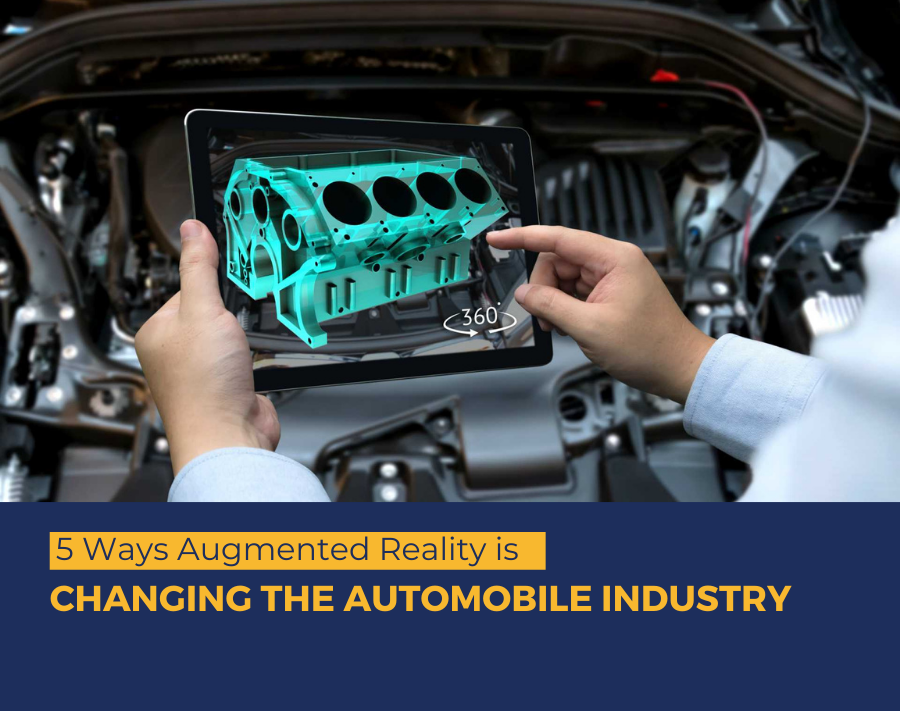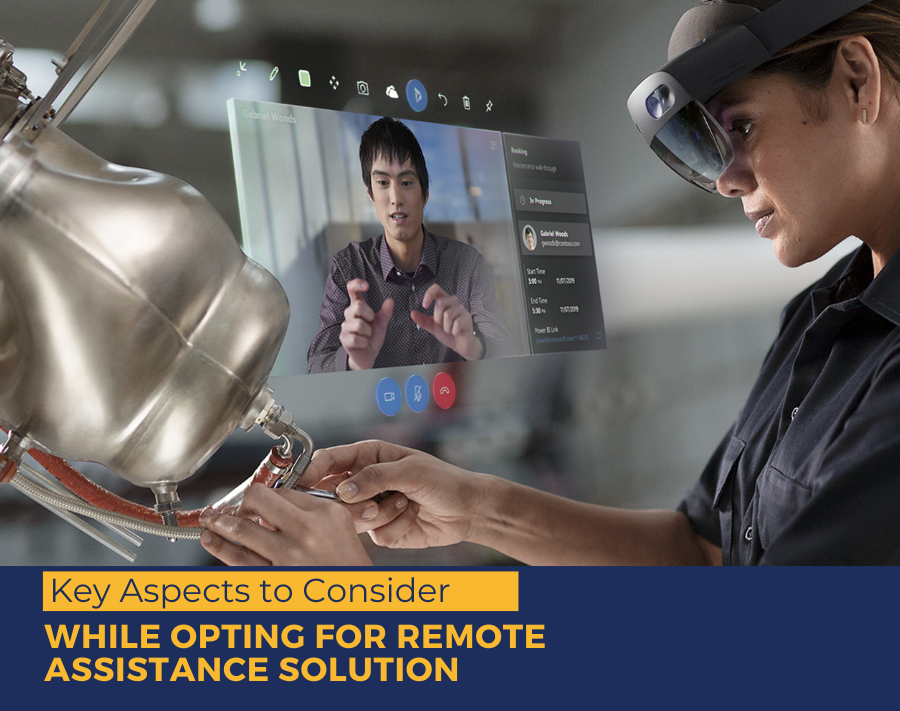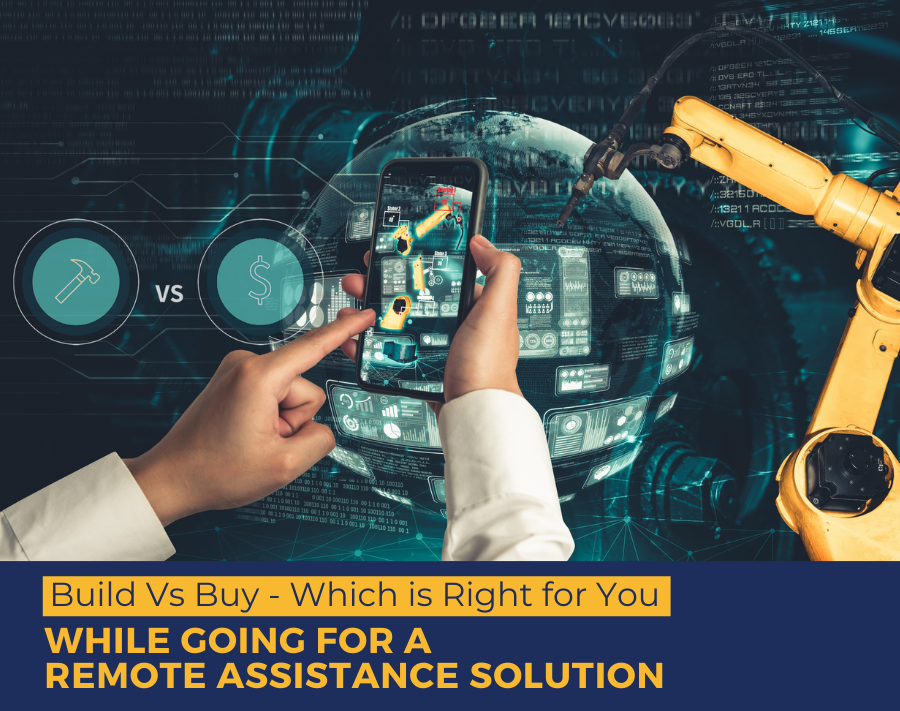Augmented reality – the technology of superimposing digital images on real-world objects – is projected to become all-pervasive in the coming years. Although this technology is still in its infancy, the software & hardware required to leverage its full potential are becoming available now. Besides, the rise of IoT devices and artificial intelligence are also pushing the adoption of augmented reality in automobile industry.
Industries are quickly finding ways to implement augmented reality to reap a multitude of benefits. The automobile industry is opening up new avenues for implementing AR in its design, manufacturing, maintenance, and training.
The augmented reality in automobile market is predicted to reach $6.79 billion in 2025, a growth trajectory of CAGR 17% during 2020 – 2025. Besides the improved technological advancements in connectivity, the growth can also partly be attributed to increased demand for automation and autonomous vehicles.
How Augmented Reality in Automobile Industry is Preparing us For the Future
Let’s look at how augmented reality will bring about a dramatic change in the automobile industry.
1. Changing Buyer Persona
AR is about to bring about a complete overhaul in the preferences of customers. If customers were to buy a car in the early days, they would simply walk into a dealer store and check out the cars available & If they weren’t satisfied with the vehicles on display, they would just have to settle with some other color or go for another model.
With AR remote assistance in the picture now & customers can make the buying decision by simply projecting their favorite car’s image onto the real world. They can pick and choose the model, colors, interiors and specifications virtually. It creates an unforgettable buying experience. Besides, the car dealer can also provide 360-degree car impressions to customers. It will help them get an up-close-and-personal look.
2. Enhanced Car Safety
The most critical advantage of AR is enhanced car safety. Car safety systems backed by advanced AR and IoT devices are taking car safety standards up a notch.
- Sensors are being used to scan the physical space and real-world objects in the view of drivers. By using simultaneous localizations, depth tracking and advanced mapping technologies, AR helps drivers better estimate distances. By using mounted projectors, the data collected is sent to AR smart glasses or headsets.
- Head-up Display projects AR navigation hints across the driver’s field of vision by superimposing road signs & real-time navigation tips.
- AR Glasses provides turn-by-turn notifications, navigation alerts and voice assistance by displaying useful information directly in front of the user’s eyes.
- Smartphones with remote assistance apps create visually enriching car manuals to help drivers get familiar with the car’s features, maintenance and conduct minor repairs.
Also Read: How To Become A Market Leader In The Banking Sector With Digital Transformation
3. Training Workforce
The need to have skilled and knowledgeable workers is increasing as the operations & technologies required to manufacture & assemble advanced cars are becoming challenging. To achieve an insightful workforce, manufacturers have to invest heavily in training. The traditional training methods using paper-based instruction manuals and 2D training techniques aren’t helping. That’s precisely why AR remote assistance based interactive solutions are being sought after for training.
4. Enhanced Awareness in Customers
There were days when sales representatives brought colorful catalogs to show customers the many exciting features of a car. However, it did not impress nor add value to the customer’s buying experience.
With AR remote assistance, it is possible to go on a comprehensive virtual car tour. Showcasing the car’s many features and demonstrating the workings of each part is much more effective when done in 3D than on a flat 2D image.
AR and VR provide an interactive platform where customers can have a closer look at the workings of the car engine to understand navigation and safety features. It is also helping car companies improve their conversion rate.
5. Remote Assistance
An AR guided remote assistance app has become the new normal for the automobile industry.
With AR systems, it is now possible for experts and engineers to provide immediate assistance or guide field workers from distant geographical locations. The costs incurred to fly the experts to the location of the problem are reduced.
Workers in the field can now handle any situation with the help of pre-recorded AR videos or even get remote assistance from experts in real-time.
Additionally, using an remote assistance app it is easier to collaborate with experts & field workers. Experts are also free to offer their assistance in multiple locations at the same time without requiring relocating.
Wrapping Up
The future of the automobile industry truly belongs to autonomous vehicles and driverless cars. And with the demand for higher safety standards increasing & companies are investing in advanced technologies to bridge the gap between customer’s needs and business offerings.
Automobile companies using augmented reality and machine learning & artificial intelligence are working towards developing an entire ecosystem apt for AR. If you want to explore more benefits of augmented reality for your business & we encourage you to reach out to us.





